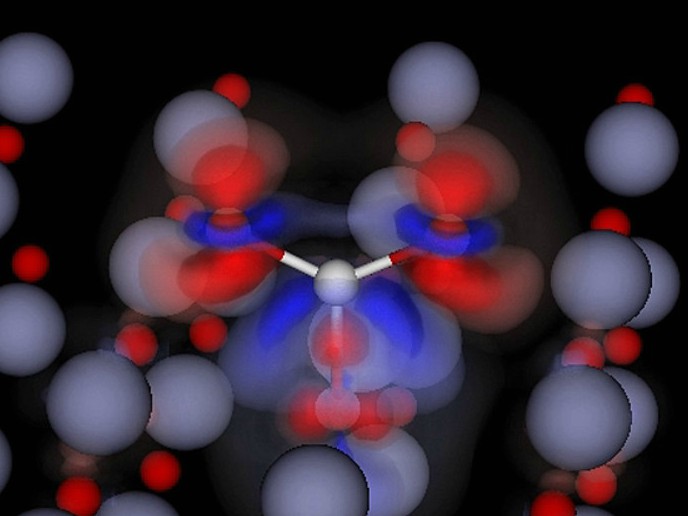New outlook on how we perceive material properties
While we know that humans can visually sense dynamic physical and optical properties of materials with little effort, little is known about how the brain recognises materials. This aspect is just as important for survival as is the ability to navigate and recognise objects. To date, studies in this area have focused only on stationary visual cues. The MATERIAL PERCEPTION project elected to use another approach that took a novel, ecologically valid direction involving spatio-temporal cues to surface shininess. A first objective was to determine which spatio-temporal statistical regularities in the visual environment convey the information that a surface is shiny. Second, team members sought to identify and study human cortical areas involved in the processing and integration of visual dynamic cues to shininess. In this respect, the emphasis was on understanding how low-level processes are integrated to produce the final material perception. Using a combination of behavioural, computational and neuroimaging methods, an important project result was the discovery of a previously unknown use for optic flow in the perception of surface material properties. The use of this source of information was applied in a machine algorithm that successfully detects and localises specularities in natural scenes. MATERIAL PERCEPTION researchers were also able to demonstrate neural adaptation to optic flow-based surface reflectance properties. Additionally, progress was made in identifying cortical areas that are involved in the processing of optic flow-based optical material qualities. These and related project findings were published in journal papers; other papers are currently under review for publication. Although more research is needed to fully understand the mysteries of perception, MATERIAL PERCEPTION’s findings stand to impact the fields of cognitive neuroscience, computer vision and machine intelligence. As such, advances in knowledge of how the mind perceives, thinks and acts also have implications for human health and well-being.







